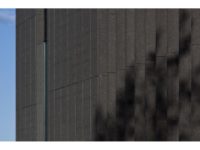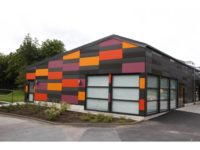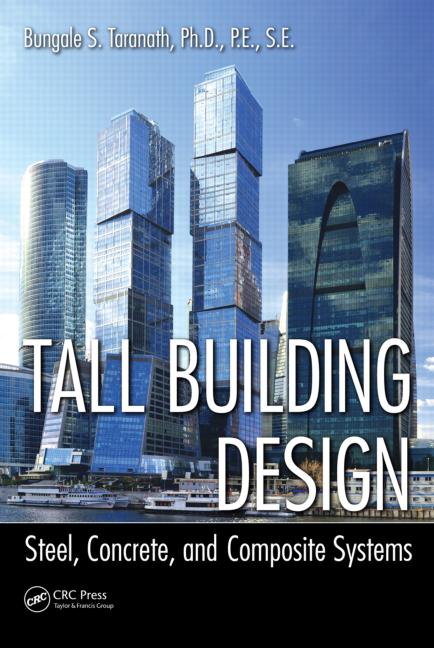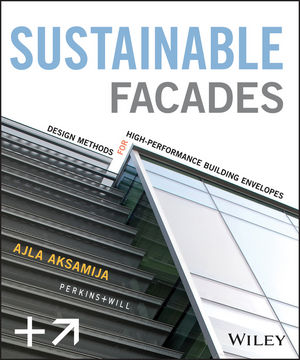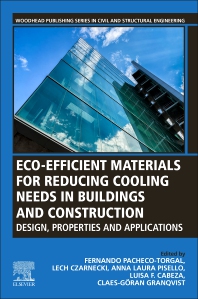Norwegian façade-panel manufacturer Steni announced the launch of Steni Vision, its first range of panels available to the U.S. market, according to Steni Export Director Adrian Pye.
“We are excited to launch this versatile range of sustainable façade panels into the U.S. market,” Pye said. “Steni delivers an incredibly strong array of aesthetically driven, sustainable products for the commercial building envelope, and we believe the U.S. will be a fast-growing market for us.”
Steni Vision panels are made of stone composite and can be used for both exterior and interior walls in commercial, institutional and industrial building projects. The design options are almost unlimited. The Steni Vision range is delivered in 14 standard designs and three gloss variations, and Steni Vision Custom enables a façade designer to incorporate custom graphics printed directly onto the panels to suit the building or environment.
“Having the ability to print custom graphics and images directly onto a façade is a game-changer,” Pye said. “But we are not offering printed facades for decoration purposes; rather, as options for fulfilling architectural functions such as integration into the surroundings, information on the building and place, or purpose identity of the building.”
Pye said some architects have even been using Steni Vision Custom to create visual effects that appear to change a building’s perceived size and height. “Further, the exterior of the building can also become an extension of the brand, whatever it may be, lending depth of storytelling to the brand itself,” Pye said.
The panels require minimal maintenance and have a 60-year functional warranty.
Steni panel advantages include:
· Easy installation
· Pre-cut formats
· Low-cost durability
· 60-year warranty
· Reduced carbon footprint
· Easy cleaning
· Impact resistance
· Frost and water impermeability
Steni products have a small carbon footprint, typically producing 14 to 17 kg CO2/m2. A life-cycle analysis has been conducted for Steni façade panels, which has determined that all have an Environmental Product Declaration (EPD) in accordance with ISO 14025/ISO 21930/EN15804/. The calculation has been performed and verified by a third party, SINTEF. EPD documents have been approved by EPD Norway and Institut Bauen und Umwelt e.V. (IBU).




.jpg?height=200&t=1638466399&width=200)
